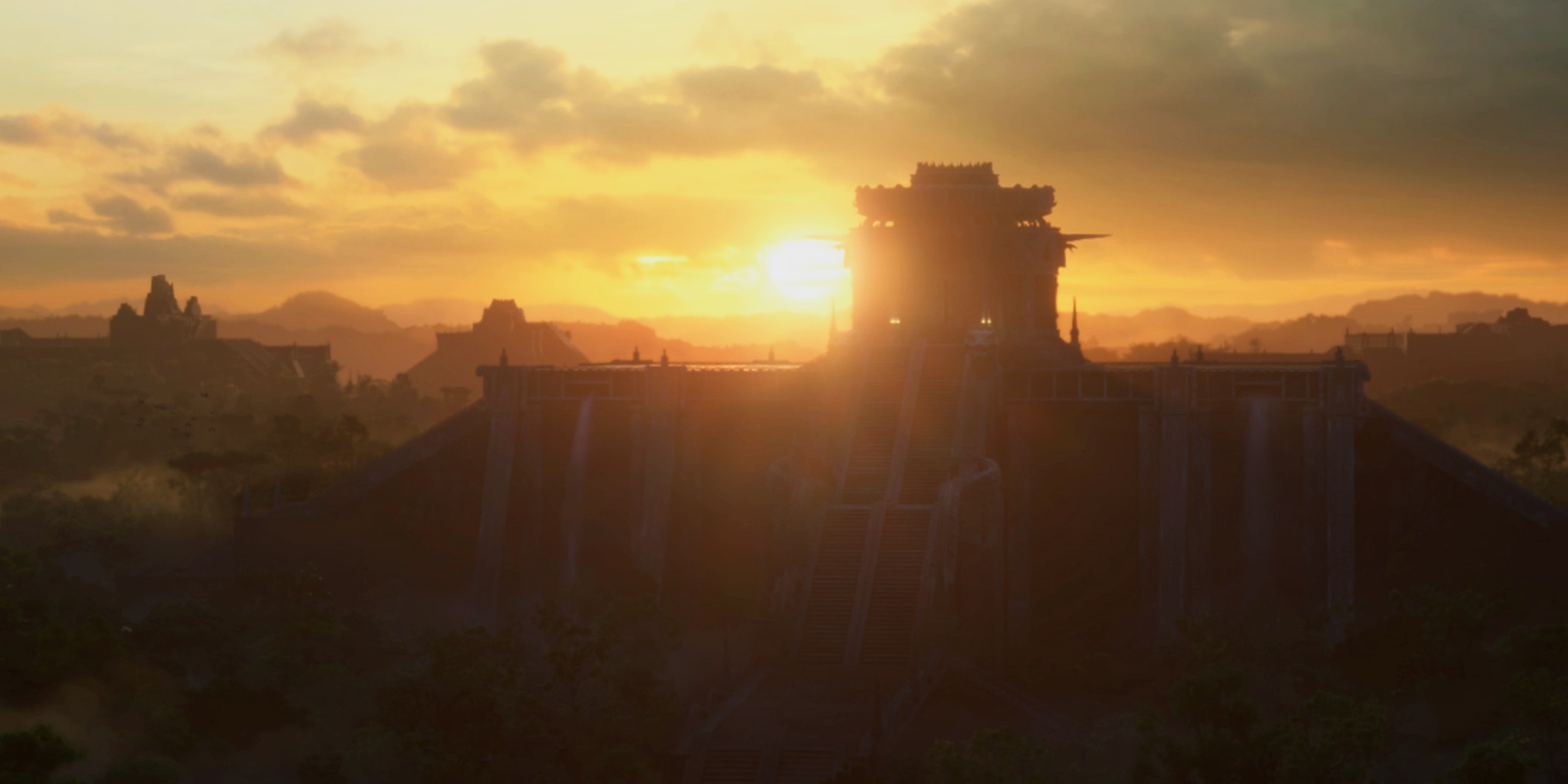
Diablo 4's Nahantu area is arguably a character in and of itself, but while it improves on Sanctuary, it also suffers from new issues.
Diablo 4 has been atoning for its sins after a bit of a letdown at launch, slowly recovering via developer Campfire Chats to discuss feedback and future plans, churning out updates to improve the game, and culminating this process with the release of Vessel of Hatred. While Vessel of Hatred may not be the best Diablo expansion in the series, it does a lot of things right, from the addition of Diablo 4's best class yet in the form of the Spiritborn to a plethora of gameplay upgrades and new additions. Still, though the DLC makes good on the promise to improve its open world, it falls short at the very next turn.
When Diablo 4 first launched, one of the biggest complaints about Sanctuary was that it felt empty and tedious to traverse, both because there was little to do in between quests or Dungeons and because it felt like a slog without mounts. Blizzard eventually addressed these issues in the base game, and so Vessel of Hatred had a lot riding on its shoulders before it was released. Unfortunately, although Nahantu is a great region to explore and more than makes up for the "empty open world" problem, it also creates the opposite obstacle.
If players tackle the exploration of Nahantu while doing the main story quests from Diablo 4's Vessel of Hatred campaign, then the region can feel much bigger and more lively compared to the rest of Sanctuary. Between multiple new Dungeons, all coming with exclusive Spiritborn Aspects that players won't have unlocked on their first playthrough, and narrow pathways filled with enemies, there's never a dull moment in Blizzard's action RPG. Nahantu feels like the perfect place to spend the start of a new story, and it's hard to ever deem it empty like the base game's Sanctuary regions.
This is great for first playthroughs because players can feel immersed in the game and always have something to do or new loot to chase, which the expansion is more generous with than the base game was at launch. Dungeons can be challenging when first starting Diablo 4's Season 6, as players won't have a lot of gear and other elements unlocked to crank up their builds. Likewise, questing doesn't necessarily feel like going from point A to B in a deserted land, and the addition of Mercenary quests helps further in this regard.
However, Nahantu falls short on subsequent playthroughs or even in the endgame, as the region is so stacked with enemies that gradually become stronger (both thanks to Diablo 4's new difficulty options and leveling up) that it can be quite annoying to traverse. It still offers a lot of encounters with Elites and packs of monsters if that's what players are looking for, but otherwise, traversing the region to get somewhere can be more of a chore than anything else. Players may be constantly dismounted, and navigating those initially alluring narrow pathways makes for a frustrating experience when one is surrounded by aggressive monsters.
This also removes part of the beauty of Nahantu, a more colorful region in Diablo 4 that could be peaceful outside of the main social hubs, but never really is. While this is the nature of ARPGs, Nahantu tackles Sanctuary's biggest problem on launch with the opposite approach, which ends up creating a different kind of problem for players. With a campaign that is arguably not satisfying after Diablo 4's great Lilith-centered story, a Season 6 mechanic that can leave a bitter taste in the mouth, and hidden altars that do little compared to the base game's, Nahantu's shortcomings can be one of the reasons why one ends up putting the game down after a playthrough or two.
Bản xem trước mở rộng – Nội dung chưa đầy đủ.